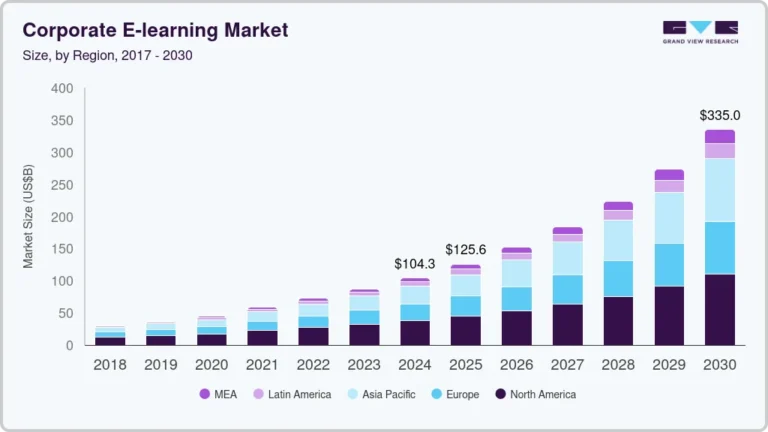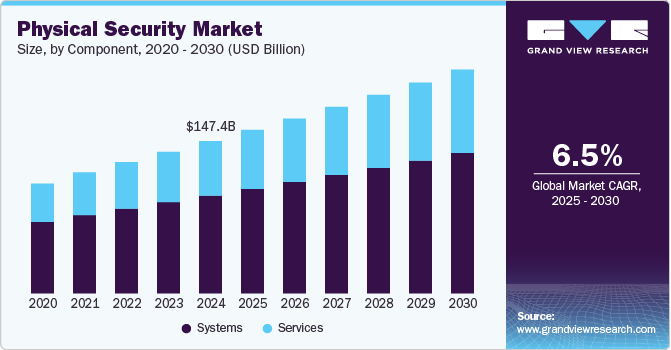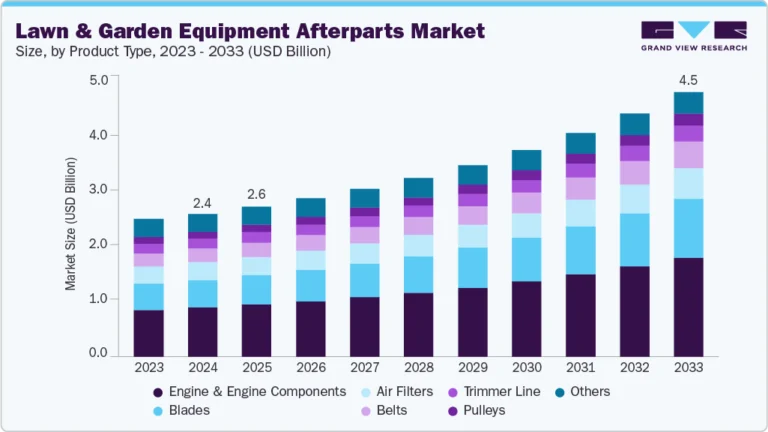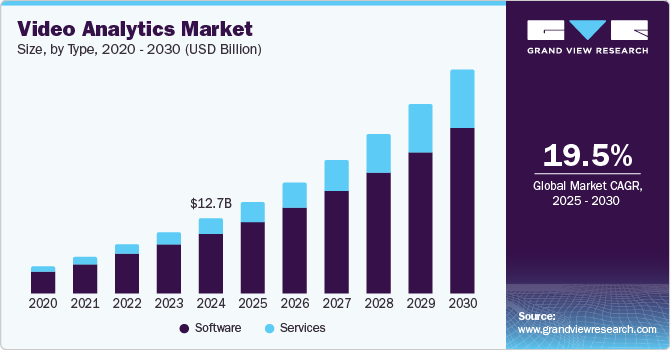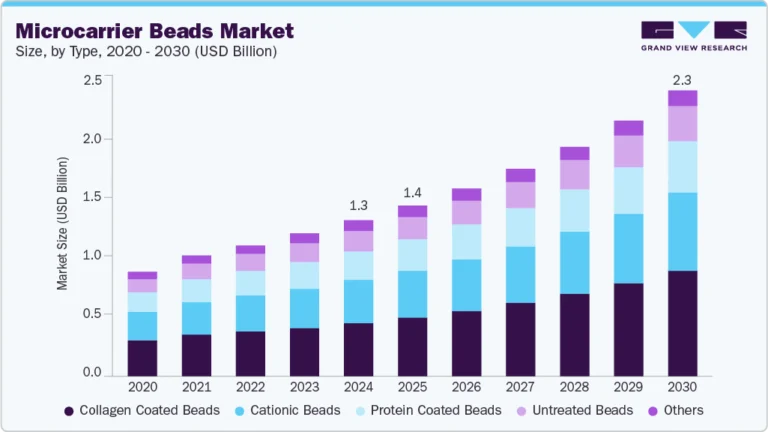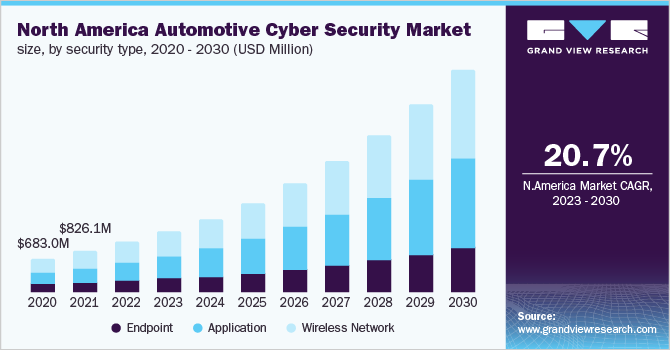Dropshipping Market Size, Share & Trends Analysis growing at a CAGR of 22.0% from 2025 to 2030

The global dropshipping market size was valued at USD 365.67 billion in 2024 and is projected to reach USD 1,253.79 billion by 2030, growing at a CAGR of 22.0% from 2025 to 2030. The growth of the market can be attributed tothe increasing penetration of e-commerce and digital payment solutions, enabling seamless transactions and global reach for retailers.
- The North America dropshipping market held a revenue share of nearly 33.0% in 2024.
- The U.S. dropshipping market is expected to grow significantly at a CAGR of 20.2% from 2025 to 2030.
- By product, the fashion segment accounted for the largest revenue share of over 34.0% in 2024.
- By product, the food & personal care segment is expected to grow at a significant CAGR of 23.6% over the forecast period.
Market Size & Forecast
- 2024 Market Size: USD 365.67 Billion
- 2030 Projected Market Size: USD 1,253.79 Billion
- CAGR (2025-2030): 22.0%
- North America : Largest market in 2024
Request a free sample copy or view report summary: https://www.grandviewresearch.com/industry-analysis/dropshipping-market/request/rs1
Advancements in automation and AI-powered tools have further streamlined inventory management, order fulfillment, and customer service, reducing operational costs and barriers to entry. Moreover, the rising preference for low-capital business models among entrepreneurs, coupled with expanding supplier networks and faster shipping solutions, is fueling market expansion. The surge in consumer demand for diverse product options and personalized shopping experiences also drives the dropshipping industry growth.
The rapid growth of e-commerce, driven by increasing internet penetration and smartphone usage, is the most significant factor fueling the dropshipping industry. Consumers worldwide are shifting toward online shopping, creating higher demand for flexible and scalable retail models like dropshipping. Simultaneously, advancements in digital payment solutions, including mobile wallets, cryptocurrency, and Buy Now, Pay Later (BNPL) options, have enhanced transaction security and convenience, encouraging more businesses and consumers to participate in the market.According to the European Union’s survey statistics, 94% of households in the EU had internet access in 2024. The Netherlands and Luxembourg reported the highest connectivity rates at 99%, while Finland and Denmark also had strong household internet access, both reaching 97%.
Technological advancements, including automation and artificial intelligence (AI), have significantly streamlined dropshipping operations. AI-driven tools assist in product recommendations, dynamic pricing, fraud detection, and customer service, reducing manual workload and improving efficiency. Automated inventory management and order processing further minimize human errors and speed up fulfillment, making dropshipping more accessible and profitable for businesses of all sizes. Moreover, dropshipping has gained significant traction among entrepreneurs and small business owners due to its low initial investment and reduced financial risk. By eliminating the need for inventory management and warehousing, this business model enables individuals to establish and scale operations with minimal capital. The affordability and accessibility of dropshipping have contributed to the growth of solopreneurs and small-scale online retailers, driving market expansion.
The global supply chain has evolved to support dropshipping more effectively, with suppliers offering competitive pricing, streamlined logistics, and integrated shipping solutions. The rise of fulfillment centers, particularly from e-commerce giants such as Alibaba and Shopify, has led to reduced delivery times and improved customer satisfaction. In addition, innovations in last-mile delivery and third-party logistics (3PL) services are addressing previous concerns about shipping delays.
Product Insights
The fashion segment accounted for the largest revenue share of over 34.0% in 2024. The fashion industry is heavily influenced by fast-changing trends, making dropshipping an ideal model for retailers looking to quickly introduce new styles without holding inventory. Social media platforms, influencer marketing, and viral fashion trends drive consumer demand for fresh and affordable clothing. Dropshipping allows businesses to respond swiftly to these trends, reducing financial risks associated with unsold stock while maximizing profitability.
The food & personal care segment is expected to grow at a significant CAGR of 23.6% over the forecast period. Consumers are increasingly seeking organic, natural, and sustainable food and personal care products, and dropshipping allows retailers to quickly adapt to these trends by sourcing products from niche suppliers. In addition, the COVID-19 pandemic accelerated the shift toward online shopping, with more consumers purchasing groceries, vitamins, and personal care items online. Dropshipping enables retailers to offer a wide variety of products without the logistical challenges of traditional retail, further boosting its appeal.

